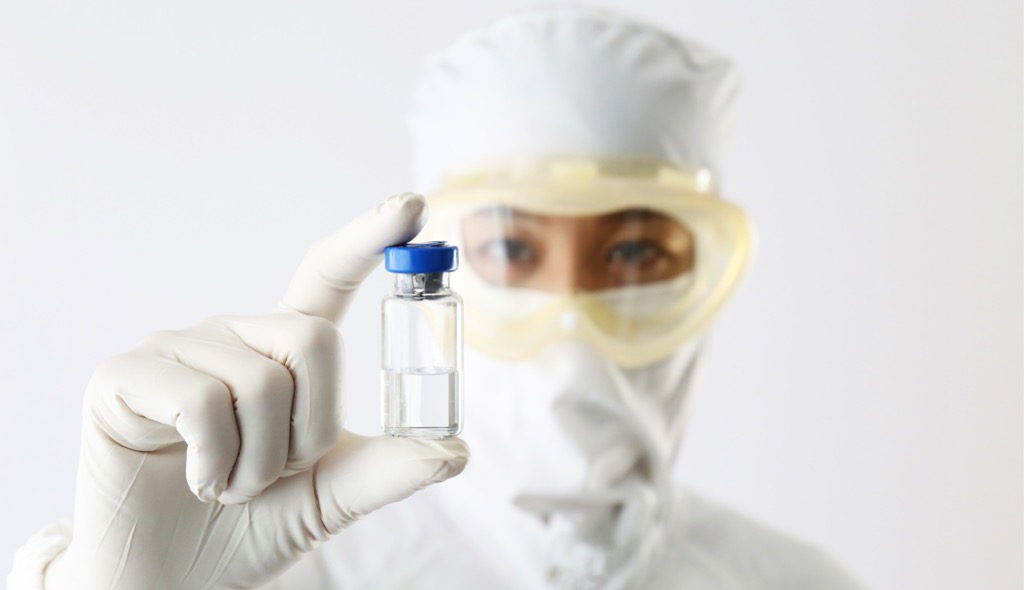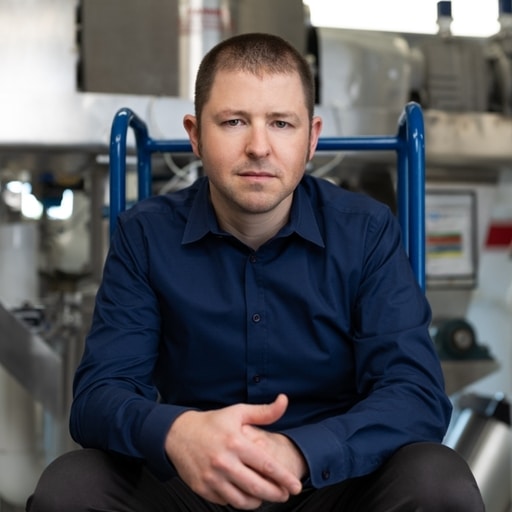
Over a year into the Covid-19 pandemic, vaccine makers face an enormous task. Hundreds of millions of vaccine doses have already been administered across 133 countries. The first wave of vaccines administered in the 92 countries in the Covax program was two to three times larger than UNICEF’s yearly routine vaccination program.
This article was original published on Forbes.com on 27 May 2021.
It once took years to develop and produce a new vaccine (the record for mumps was four years). The arrival of Covid-19 sped up the process dramatically. The Food & Drug Administration worked at a breakneck pace to get multiple Covid-19 vaccines approved.
But increasing the speed and scale of an already complex process has placed unprecedented demands on the pharma supply chain. According to McKinsey, 12 billion vaccine doses have already been announced by all manufacturers for release in 2021. Vaccine makers cannot afford a single misstep.
Streamlining a Complex Process
Through my work at Augury with some of the world’s leading vaccine makers, I have seen firsthand how challenging the manufacturing process is and the role that technology plays in streamlining the process. And I have a sincere appreciation for the difficulties involved in producing millions of doses of a novel vaccine.
There are currently 78 Covid-19 vaccines in clinical trials and seven vaccines approved for use. Each vaccine type requires a different manufacturing process. For example, mRNA vaccines like those being made by Moderna, Pfizer and Sanofi have never been mass-produced before, can’t easily be made in large volumes and must be stored at extremely low temperatures.
Keeping The Moving Parts Moving
No matter how a vaccine is made, pharma companies must acquire the raw materials and components they need and create a manufacturing process that produces high-quality, consistent batches of the vaccine at scale. Pfizer, for example, is optimizing while in production, aiming to cut production time from 110 to 60 days as engineers analyze how to make the process more efficient. With so many moving parts, it doesn’t take much to disrupt supply.
Fortunately, technology can help, and Covid-19 has turbocharged its adoption in manufacturing. Machine health solutions can provide insights into the health and performance of the manufacturing machines used by both raw materials and component manufacturers and the vaccine-makers themselves.
Unplanned Downtime
A critical machine failure can bring an entire production line to a halt — a condition called unplanned downtime. A production problem at a single factory in Belgium delayed tens of millions of doses of AstraZeneca’s Covid-19 vaccine scheduled for shipment to the European Union.
Every hour of unplanned downtime is an hour less of production time. In fact, the predictive maintenance enabled by machine health can reduce machine downtime between 30%-50% and increase machine life by 20%-40%, according to research from McKinsey.
Supply Chain Snafus
Vaccines are made in multiple factories which are responsible for different parts of the manufacturing process from raw ingredients to packaging. A delay in manufacturing just one raw material can hold up the entire process. For Pfizer, scaling up production of raw materials like lipid nanoparticles and other niche substances (which it sources from providers in the U.S. and Europe) initially proved challenging.
Since the production of raw materials, components and different phases of the vaccine must be tightly coordinated, downtime or quality issues in one facility have a big impact on others. By improving the reliability of production lines in each manufacturing facility, machine health solutions can provide more predictability and minimize this impact for vaccine makers.
Quality Failures
Vaccine makers must ensure the safety and efficacy of every dose. Government regulators will shut down a site that doesn’t comply with quality standards, and manufacturers must throw away batches that don’t meet quality standards. Pfizer conducts numerous quality checks (one of the most time-consuming parts of the manufacturing process), but the company was still forced to lower 2020 production targets after some early batches of raw materials failed to meet quality standards.
Machine health identifies machine issues, which can cause quality failures, so that vaccine manufacturers can avoid them. For example, utility equipment maintains air pressure, air flow and temperature in the cleanrooms where vaccines are made. The failure of something as simple as an air-handling unit can contaminate the sterile environment and the vaccine batch in production will have to be thrown away. In the worst-case scenario, a cleanroom will have to be recertified after such a failure, causing further production delays.
New Manufacturing Capacity
It can cost $1 billion to build a new pharma manufacturing plant and take years to bring it online. AstraZeneca is still waiting on regulatory approval for a factory in the Netherlands, which is one of the reasons the company failed to meet vaccine supply targets to the European Union. Johnson & Johnson struck up partnerships with companies around the world to use their manufacturing sites.
Even once new capacity comes online, yields can vary by up to a factor of three between virtually identical manufacturing facilities, especially for a new production process. Machine health helps vaccine-makers maximize the utilization of their existing machines and production lines, effectively adding new capacity without adding new machines.
Change Management Creates Value
Last year was tough for many of us and the manufacturing industry was no different. The pandemic created disruptions and restrictions that made keeping up with previous production rates a real challenge. But meeting the exorbitant demand for Covid-19 vaccines is an even bigger challenge.
For vaccine makers, deploying any new technology at overstretched sites in the midst of a demand spike can be daunting. Choosing vendors with a proven track record of helping customers get value fast and at scale will help. Defining a change management program that drives the adoption of a new technology at the site level is just as important as the capabilities of the technology itself. Adoption creates value.
Ultimately, by adopting new technologies, vaccine makers can get more doses into the arms of the people who need them and help us all get back to normality.
Read more about machine health solutions for the Pharmaceutical industry.




